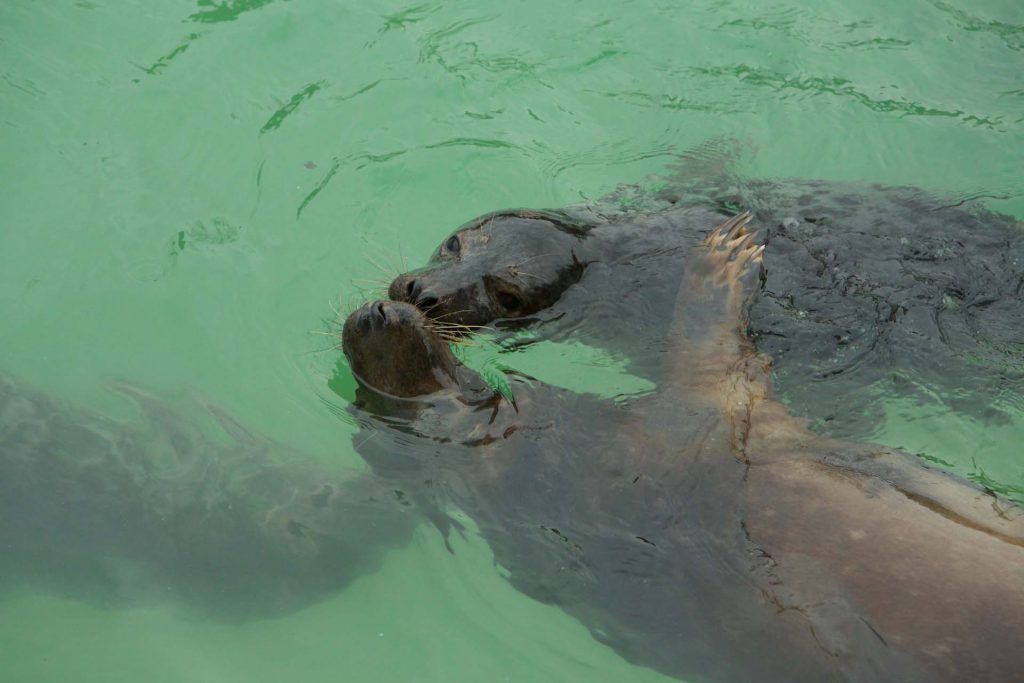Building a National Acoustic Network
The project is being funded by the Department for Farming and Rural Affairs (DEFRA) and Marine Scotland and aims to put in place a network around the UK of acoustic monitoring stations to help us build a comprehensive picture of our oral effect on sea life.
The study is concerned with the long-term effects of human noise in the water. This is generally caused by activities such as construction (for offshore wind farms, offshore oil drilling or port extensions), shipping patterns and seismic exploration. “As humans move into the sea more and more, we happen to be generating more noise,” said Dr Witt. “But we need to quantify what ‘more’ means and understand how much noise we are generating.” The possible link between noise emission submarine and the mass stranding of dolphins has been repeatedly demonstrated in several species of cetaceans.
The air guns used by the oil industry cause a pounding powerful enough to cover the cries of whales thousands of kilometers away and can actually prevent these animals communicate and reproduce.
Such noise can also cause them to abandon their habitat and to stop searching for food over large distances. According scientifiques experts, if the animals are near the seismic source, it can even cause hearing loss and irreversible hearing damage. Moreover, anthropogenic noise would also cause “bodily defects and developmental delays in marine larvae,” according to a study published in the journal “Nature”.
Team New Zealand and Scottish researchers show that exposure to low frequency sounds such as those produced by seismic surveys “disrupts larval development of a marine invertebrate, scallop”. Of the 4,881 analyzed scallop larvae, 46% developed abnormalities of the body, according to scientists.




